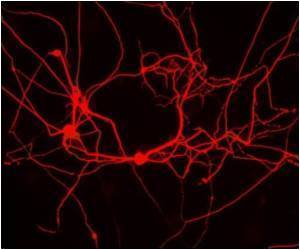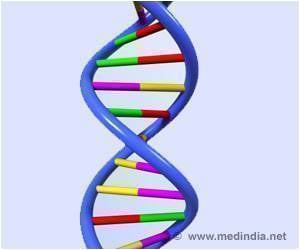Repression of a single protein in ordinary fibroblasts is sufficient to directly convert the cells into functional neurons.

In in vitro experiments, scientists at University of California, San Diego School of Medicine and Wuhan University in China describe the protein's notable regulatory role in a feedback loop that also involves microRNA - a class of small molecules that modulate the expression of up to 60 percent of genes in humans. Approximately 800 miRNAs have been identified and characterized to various degrees.
One of these miRNAs, known as miR-124, specifically modulates levels of PTB during brain development. The researchers found that when diverse cell types were depleted of PTB, they became neuronal-like cells or even functional neurons - an unexpected effect. The protein, they determined, functions in a complicated loop that involves a group of transcription factors dubbed REST that silences the expression of neuronal genes in non-neuronal cells.
According to principal investigator Xiang-Dong Fu, PhD, professor of cellular and molecular medicine at UC San Diego, it's not known which neuronal signal or signals turn on the loop, which in principle can happen at any point in the circle. But the ability to artificially manipulate PTB levels in cells, inducing them to become neurons, offers tantalizing possibilities for scientists seeking new treatments for an array of neurodegenerative diseases.
It is estimated that over a lifetime, one in four Americans will suffer from a neurodegenerative disease, from Alzheimer's and Parkinson's to multiple sclerosis and amyotrophic lateral sclerosis (Lou Gehrig's disease).
"All of these diseases are currently incurable. Existing therapies focus on simply trying to preserve neurons or slow the rate of degeneration," said Fu. "People are working with the idea of replacing lost neurons using embryonic stem cells, but there are a lot of challenges, including issues like the use of foreign DNA and the fact that it's a very complex process with low efficiency."
Advertisement
In non-neuronal cells, REST keeps miR-124 down and PTB enforces this negative feedback loop, but during neural induction, miR-124 is induced, which diminishes PTB, and without PTB as a break, REST is dismantled, and without REST, additional miR-124 is produced. This loop therefore becomes a positive feed forward, which turns non-neuronal cells into neurons.
Advertisement
Co-authors are Yuanchao Xue and Yu Zhou, Wuhan University, China and UCSD Department of Cellular and Molecular Medicine; Kunfu Ouyang, Gang Wang and Ju Cheng, UCSD Department of Medicine; Jie Huang, Qijia Wu, Yanzhen Bi, Li Jiang, Zhiqiang Cai, Hui Sun, UCSD Department of Cellular and Molecular Medicine; Hong Ouyang and Kang Zhang, UCSD Institute of Genomic Medicine; Hairi Li and Chaoliang Wei, UCSD Department of Cellular and Molecular Medicine; and Yi Zhang, Wuhan University, China and Center for Genome Analysis, Wuhan, China.
Funding for this research came, in part, from National Institutes of Health grants (GM049369, GM052872 and HG004659) and the China 973 programs.
Source-Newswise










